History of Belchamp Hall
Built by John Raymond in 1720

Belchamp Hall
Belchamp Hall is a Queen Anne period house of rich red brick, with a front nine bays wide and of two storeys below a cornice and solid parapet.
The Hall and its grounds is registered under the Historic Buildings and Ancient Monuments Act 1953, within the Register of Historic Parks and Gardens by English Heritage for its special historic interest. You can see the entry here on historicengland.org.uk.
Key Information
- The house & estate was bought by the first John Raymond in 1611
- Interior wooden panelling from the Elizabethan / Jacobean era
- Original portraits by the great Thomas Gainsborough
- French Marble statue, originally sent by King Louis XVI
The Rooms
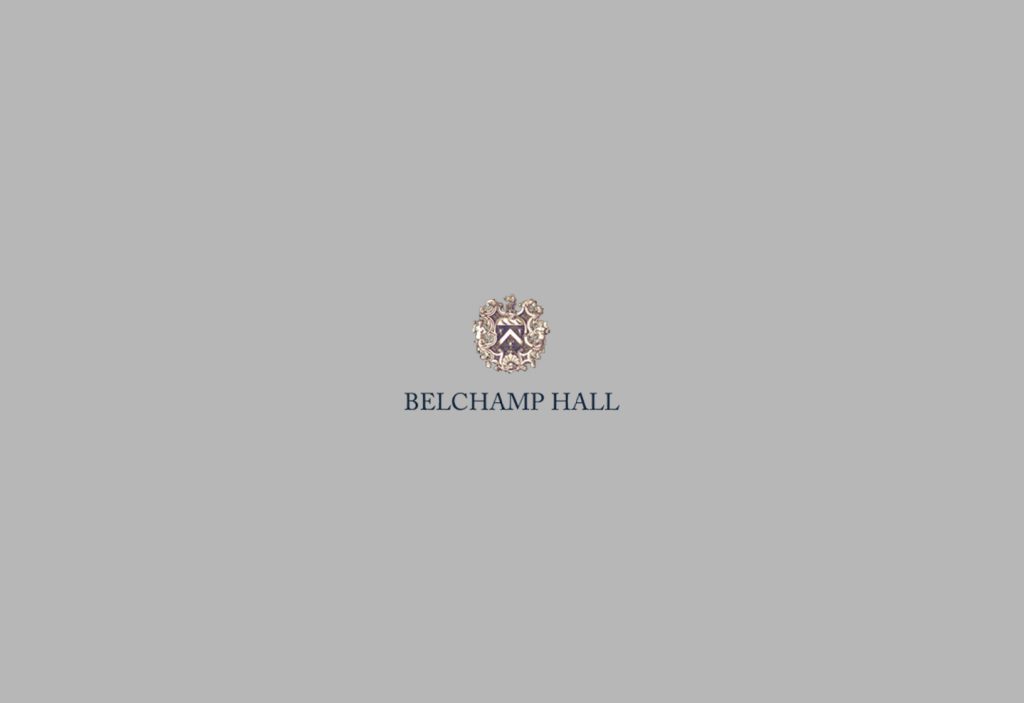
First Floor Powdering Chambers
On the first floor, bay windows forming powdering chambers have been added to the two principal bedrooms on the north and south of the house. This was done in Georgian times, when hair powdering and wigs were the fashion. The dressings are all of a red brick – said to be Dutch – and the walling is of cream-coloured stock.

Central Halls
The front porch leads into the central hall, hung with family portraits and from which an elegant staircase leads to the upper rooms. To the right is the dining room. This was originally two rooms and is panelled with oak and chestnut thought to have come from the original Elizabethan house which, it is believed, was pulled down when the present house was built in 1720.

Portraits
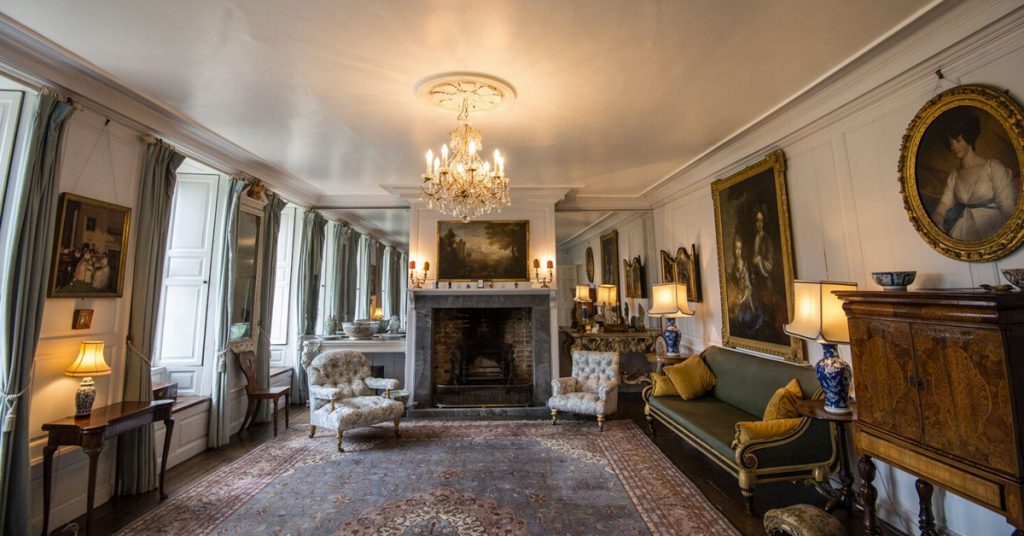
Family Portraits
Family portraits by well-known artists hang on the walls. One by Cornelius Janssen depicts the first John Raymond who bought the house and estate from Sir John Wentworth in 1611. Elizabethan portraits of Sir William and Lady Harris, whose daughter Frances married Oliver Raymond, M.P. for Essex in the two Protectorate parliaments, hang each side of the door. Sir William commanded a ship in the battle against the Spanish Armada and relics which he captured then, including an iron Treasure Chest with its original huge key, are still in the house.
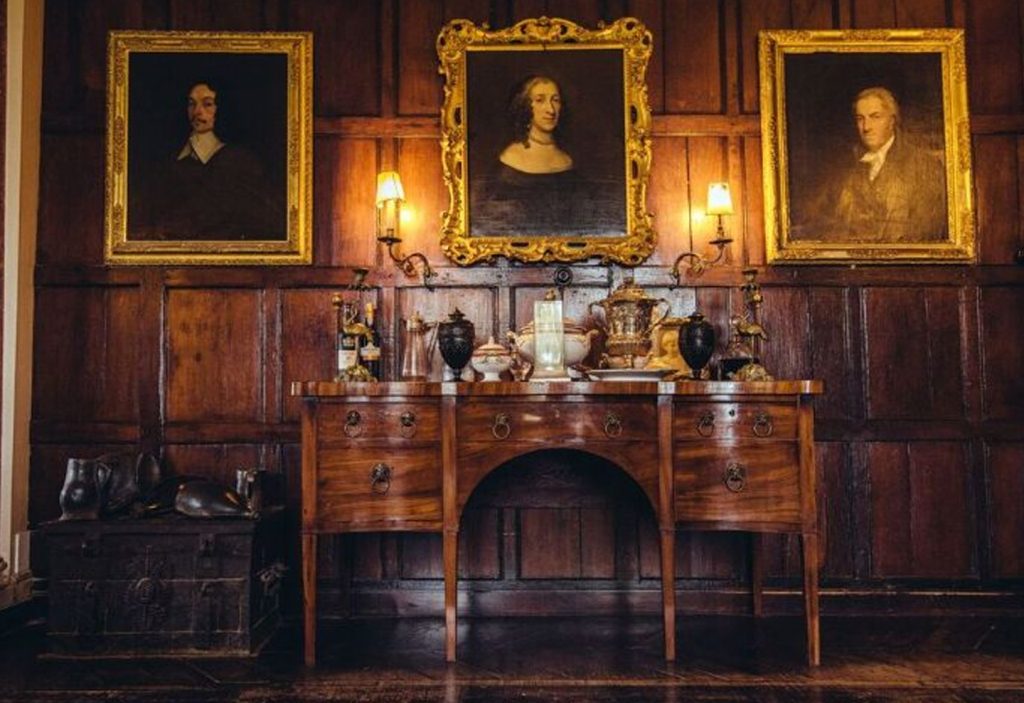
Works by Thomas Gainsborough
There are many family portraits painted by the local artist Thomas Gainsborough, who was born in Sudbury, our closest town, and was the most dominant British portraitist of the second half of the 18th century.
The beautiful drawing-room, the other side of the hall, has white panelling and is hung with charming family portraits and 18th Century mirrors. The marble fireplace and iron fire basket are identical to those in the dining-room opposite.

The Grounds
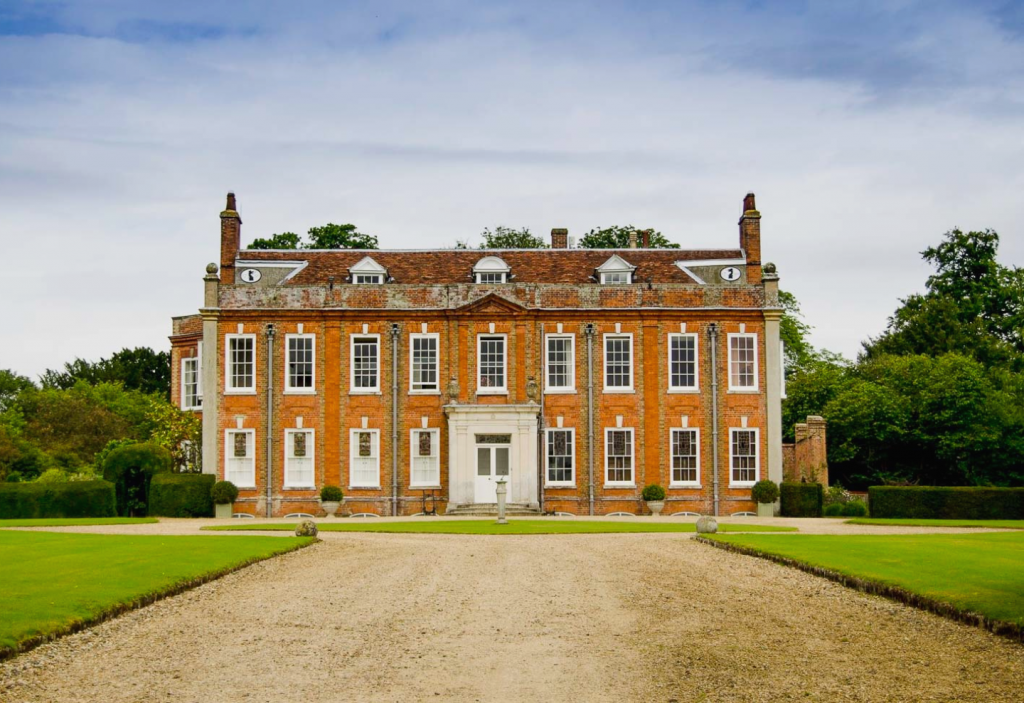
Front of the house
Outside the front of the house, large lawns border the central drive with its circular sweep round an old sundial in front of the house. To the right is a long raised terrace walk, originally planted with an avenue of Scot First (to be seen in the portrait of the owner’s great grandfather in the hall). These have now been replaced with smaller cherry trees.

The Summer House
The terrace leads on the south to a small early Victorian summer house, with a formal marble floor and windows made of early coloured glass depicting pastoral scenes, flowers and vegetables.
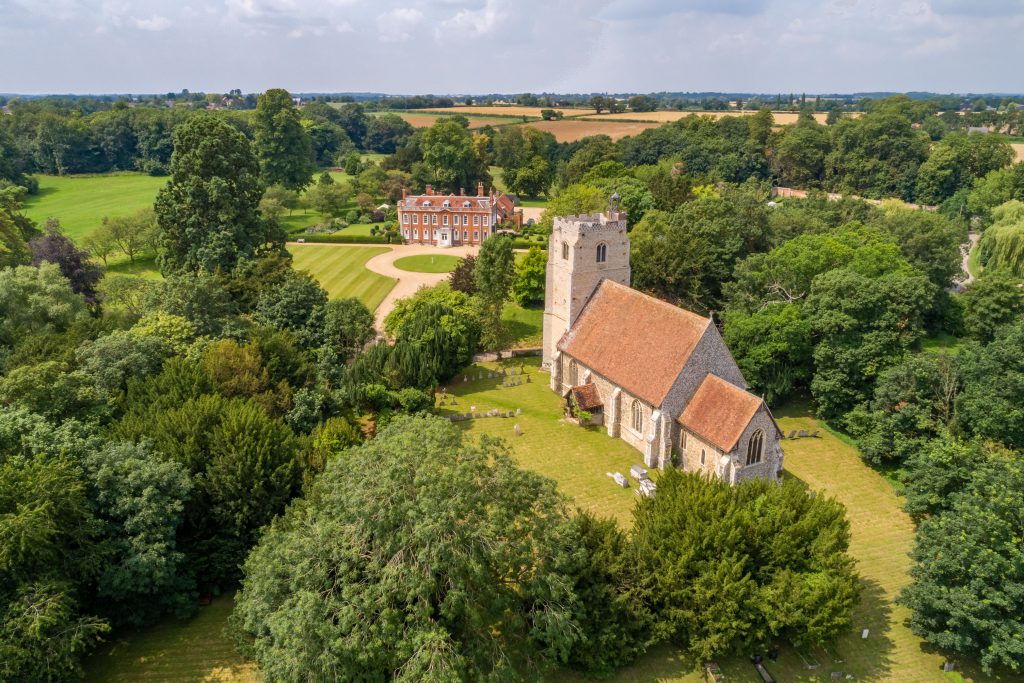
The Terrace & The Church of St. Mary
The terrace leads on the south to a small early Victorian summer The house, which faces south-east, looks down to the 14th Century brick and fine parish church of St. Mary, with its famous mediaeval wall paintings. The Church of St Mary was once featured in a Lovejoy TV episode when Lovejoy was due to get married! The view extends across the valley of the Belchamp Brook (which runs into the River Stour) to the village of Bulmer.

The Lovejoy Connection
Belchamp Hall — known as Felsham Hall in the TV series — is widely known for being the home of the BBC hit TV series ‘Lovejoy’ – the rogue, yet likeable, antiques dealer. Lovejoy’s workshop is also on the grounds of Belchamp Hall, and is now used as holiday accommodation!
“It’s a wonderfully quiet and peaceful place, rich with history, perfect hosts and Lovejoy deep.”
BRIAN REAVES
